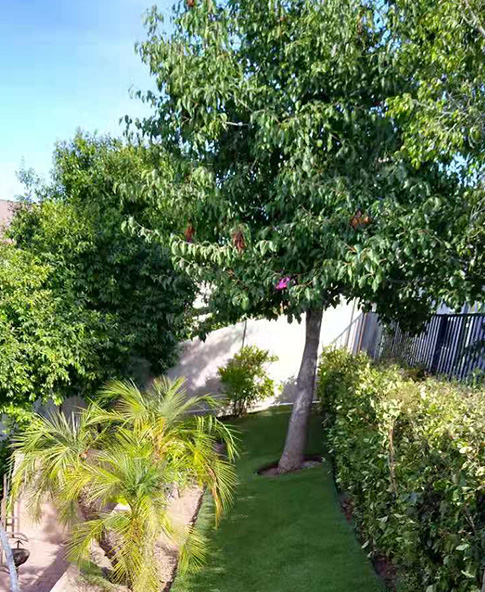Maintaining a well-groomed lawn around your house brings numerous benefits, providing a fresh and relaxing space for your family. While real grass has been a traditional choice, the demands of lawn care and the environmental impact have led many to explore synthetic grass as a viable alternative. To make an informed decision for your property, let’s weigh the pros and cons of both options.
Real Grass:

Pros:
- Natural Aesthetics: Real grass offers the beauty and freshness of nature in your backyard, contributing to a visually appealing environment.
- Environmental Benefits: It replenishes the air with oxygen, absorbs carbon dioxide, and helps manage runoff during rainy seasons.
- Cooling Effect: Real grass can cool the soil, preventing it from drying up completely and remaining cooler than asphalt on hot summer days.
Cons:
- High Water Consumption: Real grass accounts for 33% of residential water use, posing a risk to water resources, especially in humid subtropical climates.
- Maintenance Intensity: Requires regular mowing, fertilizing, and pest control, contributing to environmental pollution and demanding significant time and effort.
- Sensitivity: Real grass is sensitive to pressure, constant activity can result in bare patches, and it requires constant maintenance to ensure uniform growth.